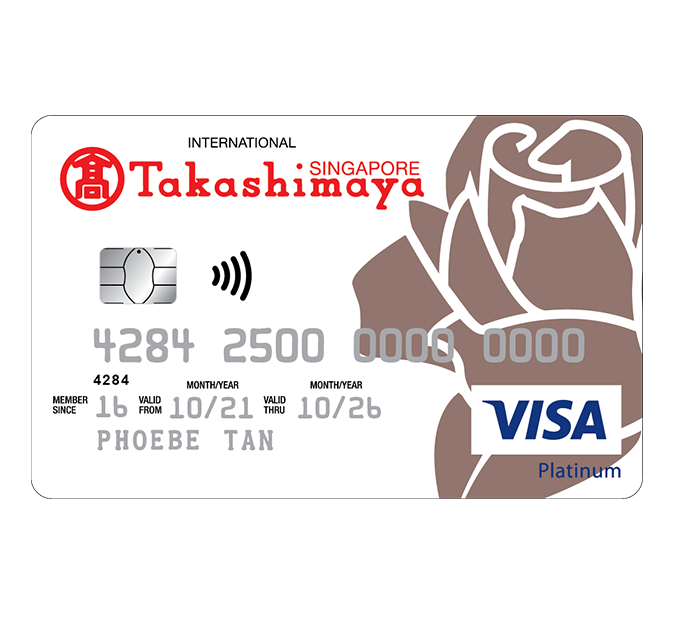Understanding endowment policies
![]()
If you’ve only got a minute:
- Endowment plans combine insurance coverage with long-term savings, offering a lump sum payout at the end of the policy term or upon the insured’s death.
- They provide flexibility with a variety of policy terms, premium payment options, and optional riders to enhanced coverage.
- It's essential to assess your financial goals, risk tolerance and the suitability of the plan for your needs.
![]()
As you navigate through life, there will be numerous milestones you aspire to achieve, each requiring careful financial planning and preparation.
Whether it's planning for retirement, supporting your children's education, or purchasing a home, savings play a crucial role in making these aspirations a reality. Therefore, aligning your financial strategy with the right savings tool is crucial.
During your search for savings and investment opportunities, you would probably come across endowment plans.
Let's take a closer look at them and find out what makes them worth considering amongst other savings options.
What are endowment plans?
Endowment plans are hybrid financial products that offer both insurance coverage and savings benefits. They are often designed to provide a lump sum payout at the end of a specified period (maturity), a pre-specified interval or upon the death of the insured, whichever comes first.
Understanding the different types of endowment plans, their features and benefits can help you determine which one is the best for your needs.

Features of an endowment plan
Policy term
An endowment plan can be defined by its policy term, which is how long it is in-force.
They usually come in a variety of durations to suit different financial goals and preferences with shorter-term options typically spanning from 1 to 6 years to longer-term commitments extending between 15 to 25 years or more.
Shorter-term endowment plans are often preferred by individuals seeking to achieve specific financial objectives within a relatively brief timeframe, such as saving for a down payment on a home, a wedding or funding a vacation.
In contrast, longer-term endowment plans are often favoured by those or planning for major life events such as retirement or providing for their children’s tertiary education.
Participating endowment plans
For participating endowment policies, your premiums are pooled together and invested with premiums from other policyholders into the participating fund which is managed by the insurer. They pay out both a guaranteed and non-guaranteed sum, with the latter determined by the performance of the fund, also known as bonuses.
Common types of bonuses:
Reversionary bonuses, also known as annual or regular bonuses, are declared by the insurer annually and are typically a percentage of the sum assured. Once declared, these bonuses become guaranteed (yours to keep) and are added to your policy's cash value.
Terminal bonuses, on the other hand, are paid out when the policy matures, a claim or when the policy is surrendered. It is calculated on top of the reversionary bonus.
Flexible premium payment options
There several payment options available for endowment plans.
Single premium plans involve a one-time lump sum payment and are suitable for those who prefer to make a significant upfront payment at the beginning of the policy term. This is particularly useful if you have ample funds lying idle in your savings account, or if you have fixed deposit funds that have recently matured and have no immediate use for it.
For plans with a regular payment structure, you pay premiums periodically (monthly, quarterly, or annually) for a pre-determined premium payment term or throughout the entire time that the policy is active.
Tip: Do ensure you have a steady flow of income to pay the premiums regularly to avoid the risk of surrendering the policy prematurely.
With Limited pay endowment plans, you pay premiums for the initial part of the policy term. Limited pay endowment plans work like regular pay endowment plans, but you only pay premiums for a shorter time instead of the entire policy term.
If you have extra cash and prefer paying premiums quickly, a limited pay endowment plan might suit you.
No medical underwriting
Another notable feature of endowment plans is their simplified underwriting process. This means that you can secure coverage without the need for extensive medical examinations or detailed health disclosures.
This feature is particularly useful for individuals who may have health concerns or pre-existing conditions that could otherwise complicate the application process for other types of insurance policies.
For larger coverage amounts, insurers may still require some level of medical underwriting.
Optional riders
You can also choose to add riders to your endowment plan to enhance your coverage.
For example, if you are concerned about the financial impact of being diagnosed with cancer, having a waiver of premiums rider as part of your endowment plan can provide valuable support. The rider waives future premiums of the policy and keeps your policy in force in the event of critical illness.
Do consider whether the premiums for the riders fit your budget and if the additional coverage justifies the extra expense.

What are the different types of endowment policies available?
Endowment plans are often defined by the needs that they fulfil.
Traditional endowment plans
Traditional endowment plans provide a lump sum pay-out upon maturity, at the end of their policy terms. These make them suitable when you have specific savings needs with a predictable timeline. You would be able to choose your preferred payment terms, and decide the length of your policy terms based on when you might need the pay-out.
Endowment (with regular cash benefits)
With such endowment policies, you are paid a stream of income, and a lump sum maturity payout at the end of the policy term. If you do not wish to withdraw any of these cash benefits, they can be deposited with the insurer to earn an interest.
Education savings plans
Unlike traditional endowment plans, education savings plans provide pay-outs at specified periods during the policy term. This allows you to pay for your children’s expenses at different milestones of their education journey.
Comparing endowment plans to Singapore Government Securities (SGS)
While both endowment plans and SGS offer avenues for savings, they serve different purposes and cater to different needs.
Endowment plans provide a combination of savings and insurance, offering a disciplined approach to saving with the added benefit of protection against life's uncertainties. SGS are savings instruments that do not provide any insurance coveraage.
For participating endowment plans, as part of your premiums is invested in the par-fund, this allows you to receive potentially higher returns as compared to SGS.
Conversely, SGS such as T-bills and Singapore Savings Bonds (SSBs), are low-risk savings options backed by the Singapore government. They offer guaranteed returns and are suitable if you are seeking an instrument that provides guaranteed returns only.
Read more: Investing in T-bills
Investing in Singapore Savings Bonds
In summary
When deciding on a suitable endowment plan, it is key to consider your investment timeframe, risk tolerance, and financial objectives.
Evaluate the features and benefits of each option carefully to make an informed decision so you have the best probability of achieving your goals.
Ready to start?
Check out digibank to analyse your real-time insurance coverage. The best part is, it's fuss-free - we automatically work out your gaps and provide planning tips.
Speak to the Wealth Planning Manager today for a financial health check and how you can better plan your finances.
Disclaimers and Important Notice
This article is meant for information only and should not be relied upon as financial advice. Before making any decision to buy, sell or hold any investment or insurance product, you should seek advice from a financial adviser regarding its suitability.








That's great to hear. Anything you'd like to add? (Optional)
We’re sorry to hear that. How can we do better? (Optional)